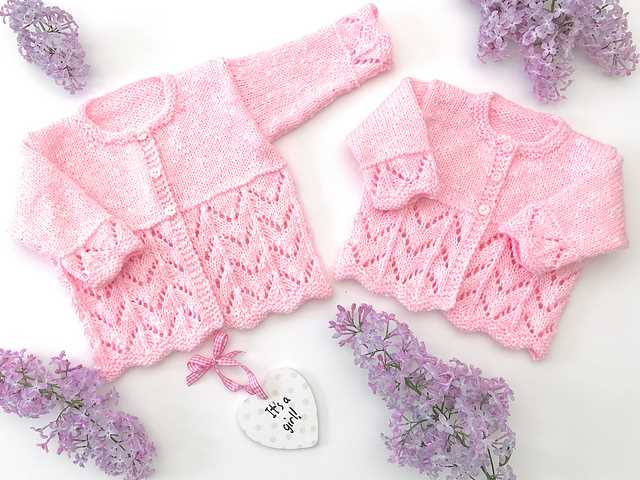
If you are a beginner knitter and looking for some adorable knitting patterns for newborns, you’ve come to the right place! Knitting for babies is not only a great way to create personalized gifts, but it’s also a perfect opportunity to practice your knitting skills.
There are plenty of free knitting patterns available online that are specifically designed for beginners. These patterns often use simple stitches and basic techniques, making them ideal for anyone who is just starting their knitting journey. Whether you want to knit a hat, a sweater, or a blanket for a newborn, there is a pattern out there that will suit your skills.
One of the best things about knitting for newborns is that the projects are usually small and quick to complete. This means that even if you are a slow knitter, you can still finish a project in a reasonable amount of time. Plus, knitting for babies allows you to experiment with different yarns and colors, resulting in fun and colorful creations.
Free Newborn Knitting Patterns for Beginners
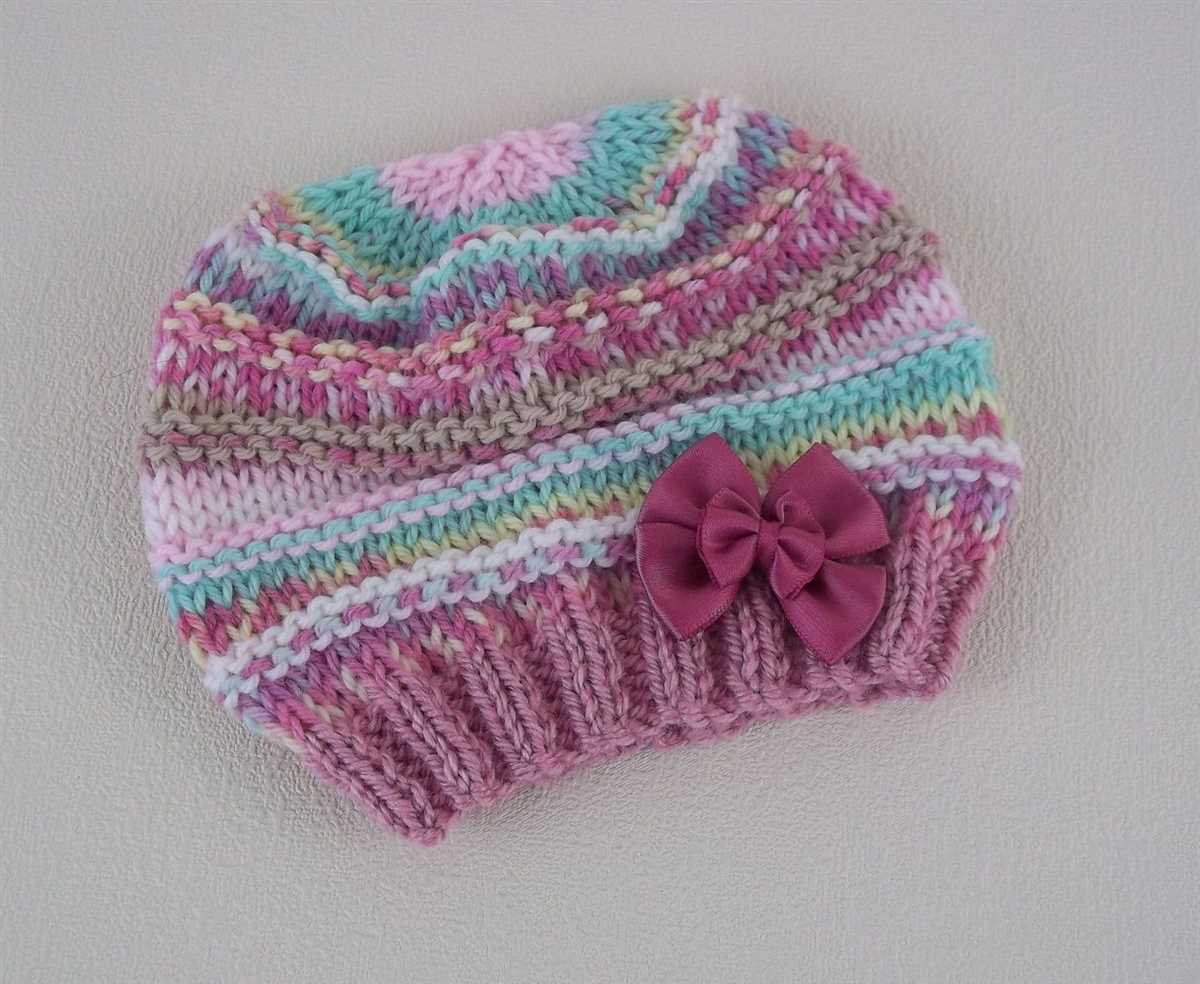
Are you a beginner in knitting and looking for adorable patterns to make for newborns? Look no further! We have compiled a list of free knitting patterns that are perfect for beginners and will help you create beautiful and cozy items for the little ones.
One of the easiest patterns to start with is a basic garter stitch baby blanket. This pattern uses only knit stitches, making it ideal for beginners. The blanket is soft and warm, providing comfort for the newborn. You can choose any color of yarn to match the nursery or create a classic white blanket.
If you want to try knitting a garment, a simple baby hat pattern is a great choice. This pattern usually uses a combination of knit and purl stitches to create a ribbed edge and a stockinette stitch for the main part of the hat. It is a quick and easy project that will keep the baby’s head warm and stylish.
For those who want to take their knitting skills to the next level, there are also patterns available for more advanced techniques, such as cable knitting. Cable knit baby booties are a popular choice among experienced knitters, but there are also beginner-friendly cable patterns available. These adorable booties will keep the baby’s feet cozy and add a touch of elegance to any outfit.
- Garter stitch baby blanket
- Simple baby hat
- Cable knit baby booties
These are just a few examples of the free newborn knitting patterns for beginners that you can find online. Whether you’re looking to make a blanket, hat, booties, or any other item for a newborn, there are plenty of resources available to help you get started. Happy knitting!
Why knitting is a great hobby for beginners
Knitting is a wonderful hobby for beginners because it offers a wide range of benefits. Whether you’re looking for a new creative outlet, a stress-reliever, or a way to make personalized gifts, knitting has something to offer.
Firstly, knitting is a relatively easy craft to learn, making it perfect for beginners. With just a few basic stitches and techniques, you can create beautiful and functional items. As you gain more experience, you can challenge yourself with more complex patterns and advanced techniques. Knitting provides a sense of accomplishment as you see your skills improve and your projects come to life.
Another reason why knitting is great for beginners is its portability. Unlike many other hobbies, knitting is highly portable and can be done anywhere. Whether you’re waiting for an appointment, commuting, or just relaxing at home, you can easily take out your knitting needles and work on your project. This makes knitting a great way to pass the time and make the most of your free moments.
Furthermore, knitting is a therapeutic activity that can help reduce stress and anxiety. The repetitive motion of knitting has a calming effect on the mind and can promote a sense of relaxation and mindfulness. It allows you to focus on the present moment and forget about your worries. Knitting has even been compared to meditation, as it can help improve concentration and promote overall well-being.
Additionally, knitting allows you to create unique and personalized items. Whether you’re knitting baby clothes, scarves, or blankets, you can customize them with your choice of colors, patterns, and yarns. Hand-knitted items make heartfelt gifts and can be cherished for years to come. Knitting also gives you the opportunity to connect with others who share your passion, whether it’s through knitting groups or online communities.
In conclusion, knitting is a fantastic hobby for beginners due to its ease of learning, portability, therapeutic benefits, and the opportunity to create personalized items. It’s a versatile craft that can be enjoyed by people of all ages and skill levels. So grab some knitting needles and yarn, and start exploring the wonderful world of knitting!
How to choose the right yarn and needles for newborn projects
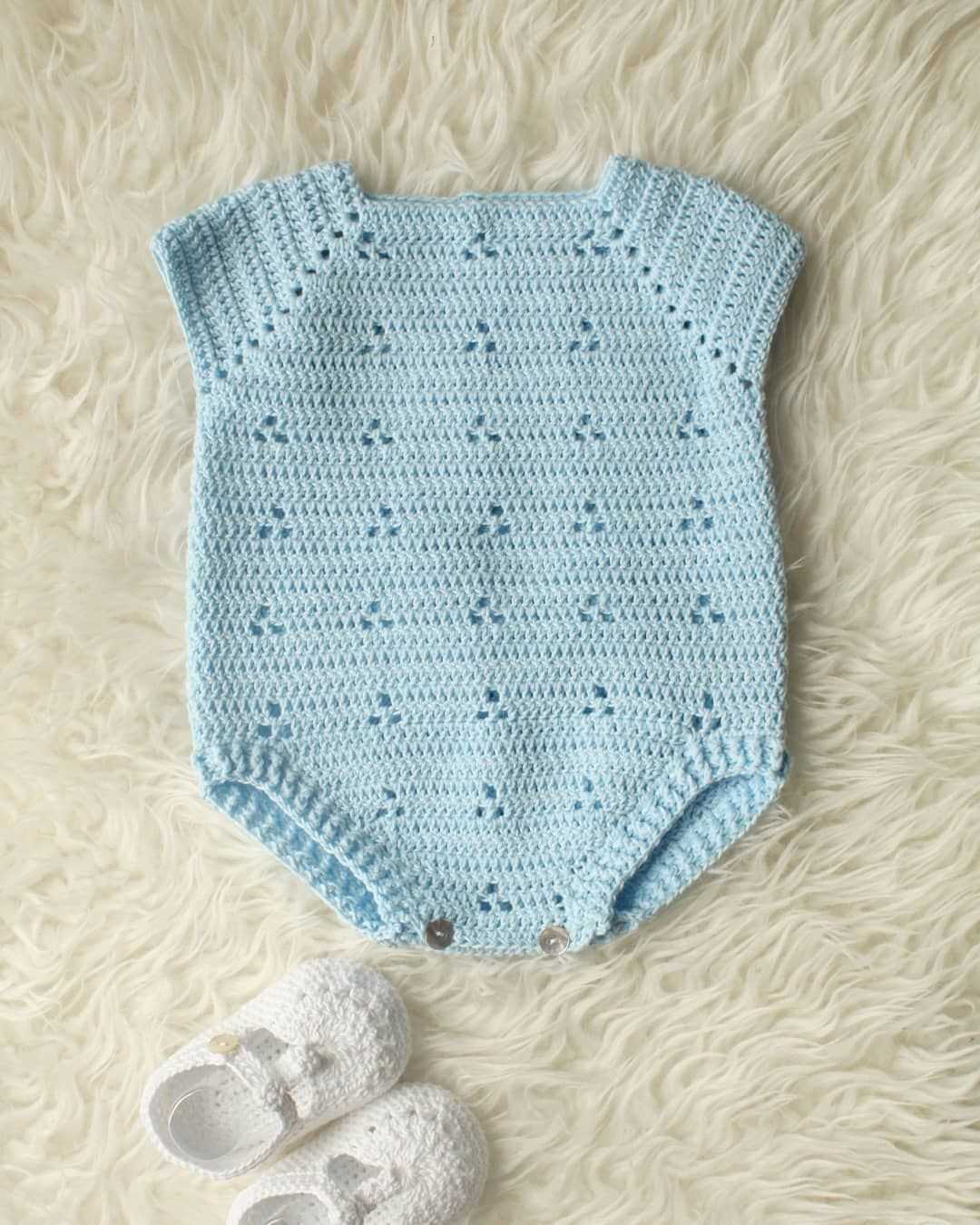
When knitting for newborns, it is important to select the right yarn and needles for the project. The softness and quality of the yarn are crucial, as newborns have delicate skin that can be easily irritated. It is recommended to choose a yarn that is specifically made for baby garments, preferably one that is labeled as “baby” or “baby-friendly”. These yarns are usually made from soft and natural fibers such as cotton, bamboo, or a blend of these materials.
Texture is another important consideration when selecting yarn for newborn projects. Opt for smooth and non-scratchy yarns that will not irritate the baby’s skin. Avoid using yarns with fuzzy or textured finishes, as they may cause discomfort or even allergic reactions. It is also advisable to choose yarns that are machine washable, as newborns tend to have frequent accidents that require regular washing.
When it comes to selecting the right needles for newborn projects, it is advisable to use smaller sizes. This is because newborn garments are usually small and delicate, and using smaller needles will result in tighter stitches, ensuring that the project will have a snug and comfortable fit. Circular or double-pointed needles are often preferred for baby projects, as they eliminate the need for seams and provide a smoother finish.
- To determine the right needle size, it is recommended to follow the gauge indicated on the yarn label or the knitting pattern.
- For most newborn knitting projects, US size 4 (3.5mm) or US size 5 (3.75mm) needles are commonly used.
- However, it is important to note that every knitter’s tension may differ, so it is always advisable to knit a gauge swatch to ensure the correct needle size is being used.
In summary, when choosing yarn and needles for newborn projects, prioritize softness, texture, and washability. By selecting the right materials, you can ensure that the baby’s sensitive skin is not irritated and that the garments will provide comfort and warmth.
Essential knitting techniques for beginners
When starting out with knitting, it is important to familiarize yourself with a few essential techniques that will serve as building blocks for your future projects. These techniques are relatively easy to learn and will give you a solid foundation for your knitting journey.
Casting on: The cast-on is the first step in any knitting project. It involves creating a row of stitches on the knitting needle to provide a base for your work. There are various methods of casting on, but the most common one for beginners is the long-tail cast-on. It creates a stretchy and neat edge, which is perfect for many different knitting projects.
Knit stitch: The knit stitch is the simplest and most commonly used stitch in knitting. It creates a smooth and flat fabric with a v-shaped appearance. To knit, insert the right needle into the first stitch on the left needle from left to right, wrap the yarn around the right needle counterclockwise, and pull it through the stitch. Repeat this process for each stitch until the row is complete.
Purl stitch: The purl stitch is the reverse of the knit stitch and creates a bumpy texture on the fabric. It is often used in combination with the knit stitch to create different patterns and designs. To purl, insert the right needle into the first stitch on the left needle from right to left, wrap the yarn counterclockwise, and pull it through the stitch. Repeat this process for each stitch until the row is complete.
Binding off: Binding off is the final step in a knitting project and involves securing the stitches to prevent them from unraveling. It creates a neat and finished edge. To bind off, knit the first two stitches, then pass the first stitch over the second stitch and off the needle. Continue this process until there is only one stitch left on the right needle, then cut the yarn, leaving a long tail, and pull it through the last stitch to secure it.
These are just a few of the essential knitting techniques that beginners should master. As you gain more experience, you can explore and learn new stitches, patterns, and techniques to expand your knitting skills and create even more beautiful and intricate projects.
5 Easy Newborn Knitting Patterns for Beginners
If you are just starting out with knitting and want to create something special for a newborn baby, here are five easy patterns that are perfect for beginners. These patterns are simple and quick to knit, making them great projects for practicing your skills and creating adorable gifts for little ones.
1. Baby Hat
A baby hat is a classic newborn knitting project that is perfect for beginners. It requires basic knitting stitches and can be completed in just a few hours. Choose a soft and cozy yarn to keep the baby’s head warm and add adorable details like a cute pom-pom or a bow.
2. Baby Blanket
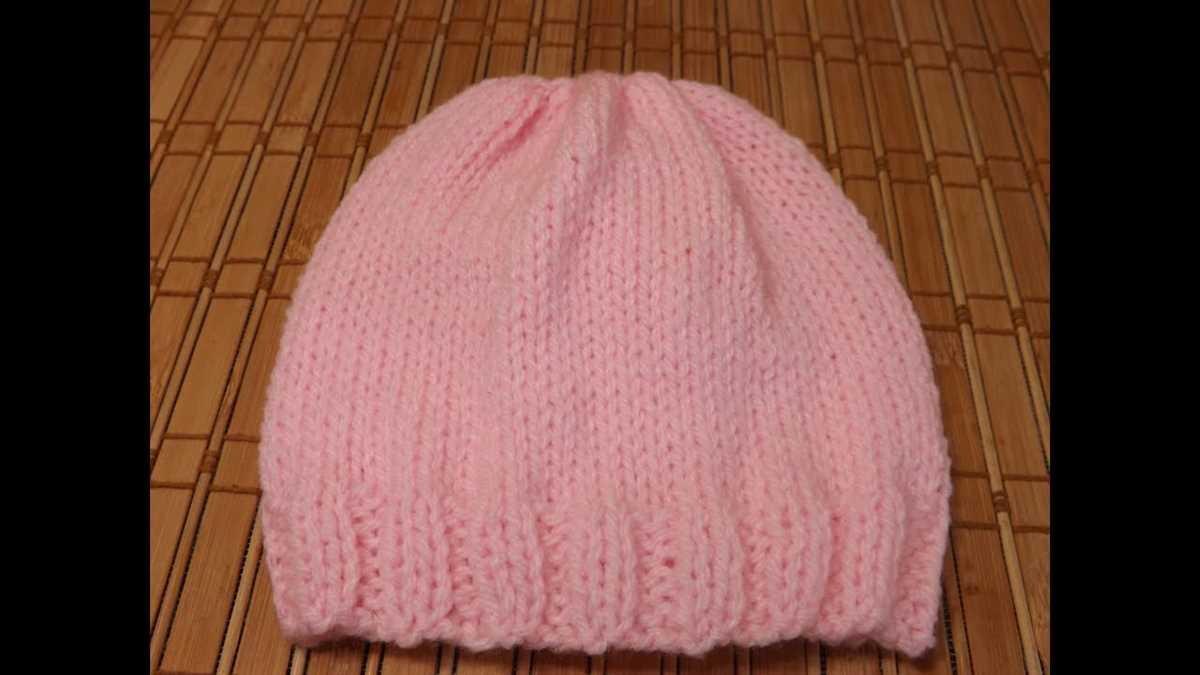
A baby blanket is another ideal project for beginners. You can start with a simple garter stitch pattern or try your hand at a basic lace pattern. Choose a soft and washable yarn that is gentle against the baby’s delicate skin. Knitting a baby blanket is not only a rewarding project, but it also creates a cherished keepsake that can be passed down through generations.
3. Booties
Knitting a pair of baby booties is a great way to practice your shaping and finishing skills. There are many simple patterns available that use basic stitches and techniques, such as increasing and decreasing. With a variety of adorable designs to choose from, you can create a cute and cozy pair of booties to keep a baby’s feet warm and stylish.
4. Cardigan
A baby cardigan is a versatile and practical knitting project that can be completed by beginners. Look for patterns that use basic techniques like knitting flat, adding buttonholes, and seaming. Choose a soft and breathable yarn that is gentle against the baby’s skin and opt for a classic design that can be worn for any occasion.
5. Toy
A knitted toy is a fun and creative project that can be enjoyed by both beginners and experienced knitters. Start with a simple stuffed animal pattern that uses basic stitches and techniques. You can create a cute and cuddly companion for a newborn baby, and they will love the soft and textured feel of the knitted toy.
With these five easy newborn knitting patterns, you can start your knitting journey and create special and meaningful items for newborn babies. Whether you choose to knit a hat, blanket, booties, cardigan, or toy, these projects are perfect for beginners and will delight both the knitter and the recipient.
Tips for reading and understanding knitting patterns
Reading and understanding knitting patterns can sometimes be overwhelming, especially for beginners. However, with a few tips and a little practice, you can easily decipher and follow any knitting pattern. Here are some helpful tips to get you started:
1. Familiarize yourself with the knitting terms
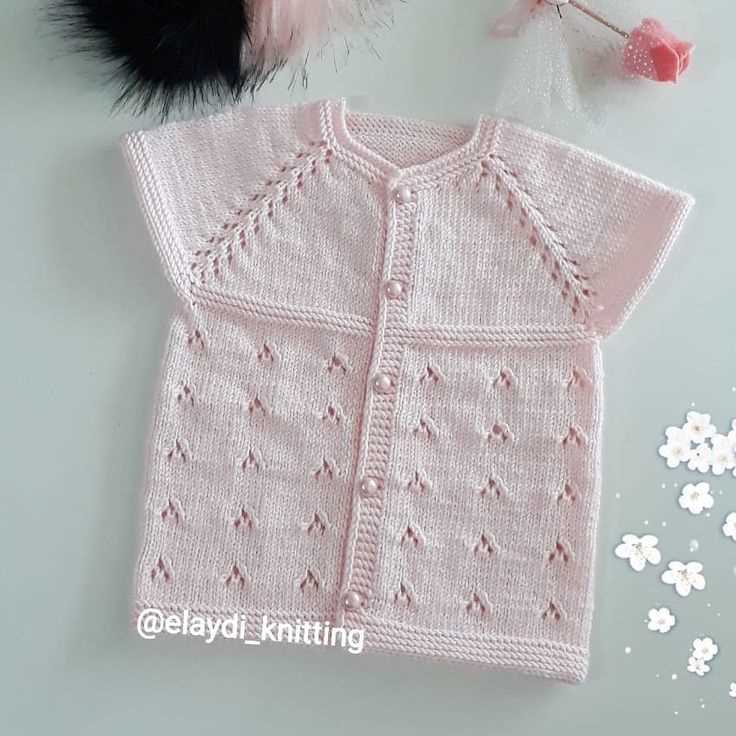
Knitting patterns are often filled with specific abbreviations and terms that may be unfamiliar to beginners. Take the time to study and understand these terms before starting a project. You can find a list of common knitting terms online or in knitting books.
2. Pay attention to the gauge
Gauge refers to the number of stitches and rows per inch in a knitted piece. It is important to match the gauge mentioned in the pattern to ensure that your finished project has the correct dimensions. Always make a gauge swatch and adjust your needle size if necessary.
3. Start with simple patterns
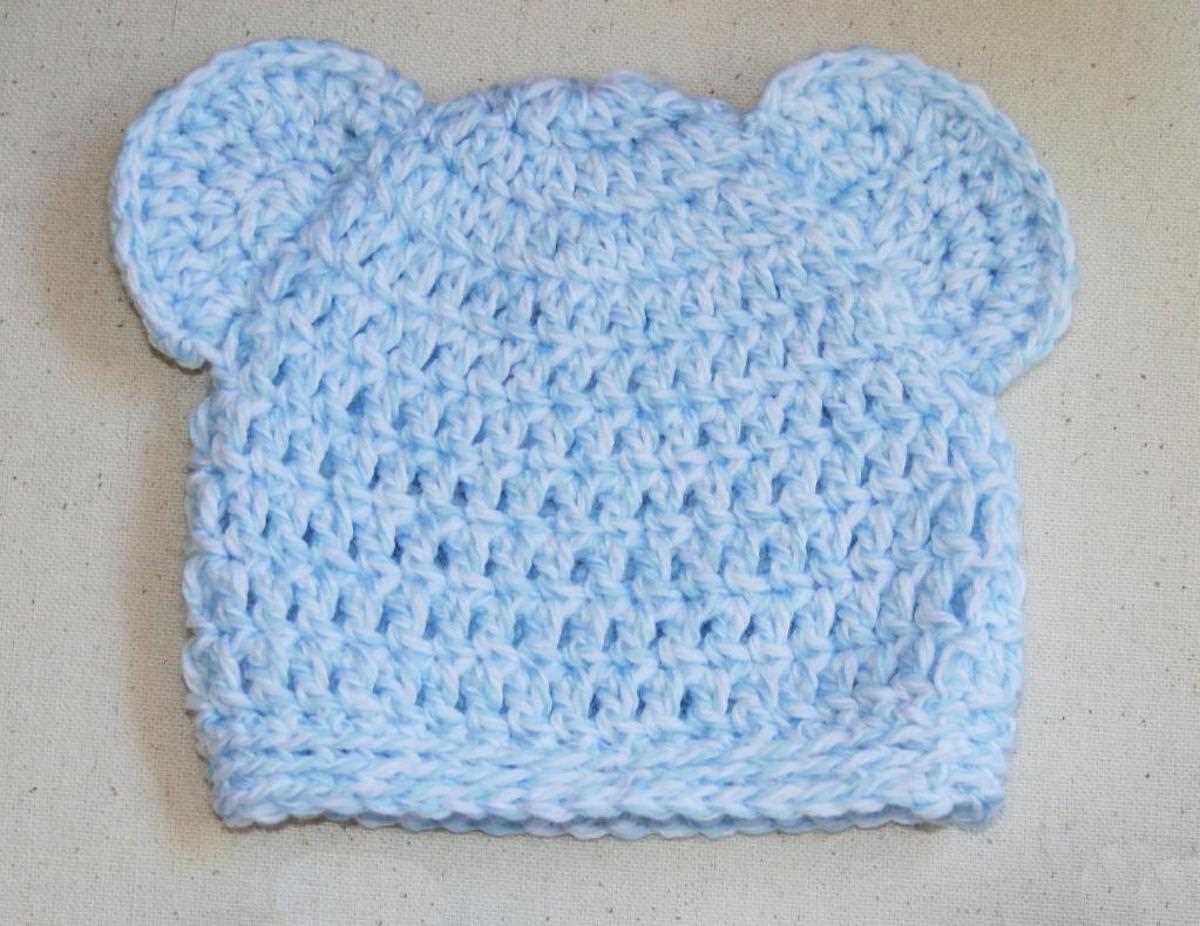
Beginners should start with simple patterns that have clear and concise instructions. Look for patterns labeled as “easy” or “beginner-friendly” to build your confidence and understanding of knitting techniques.
4. Read the pattern from start to finish
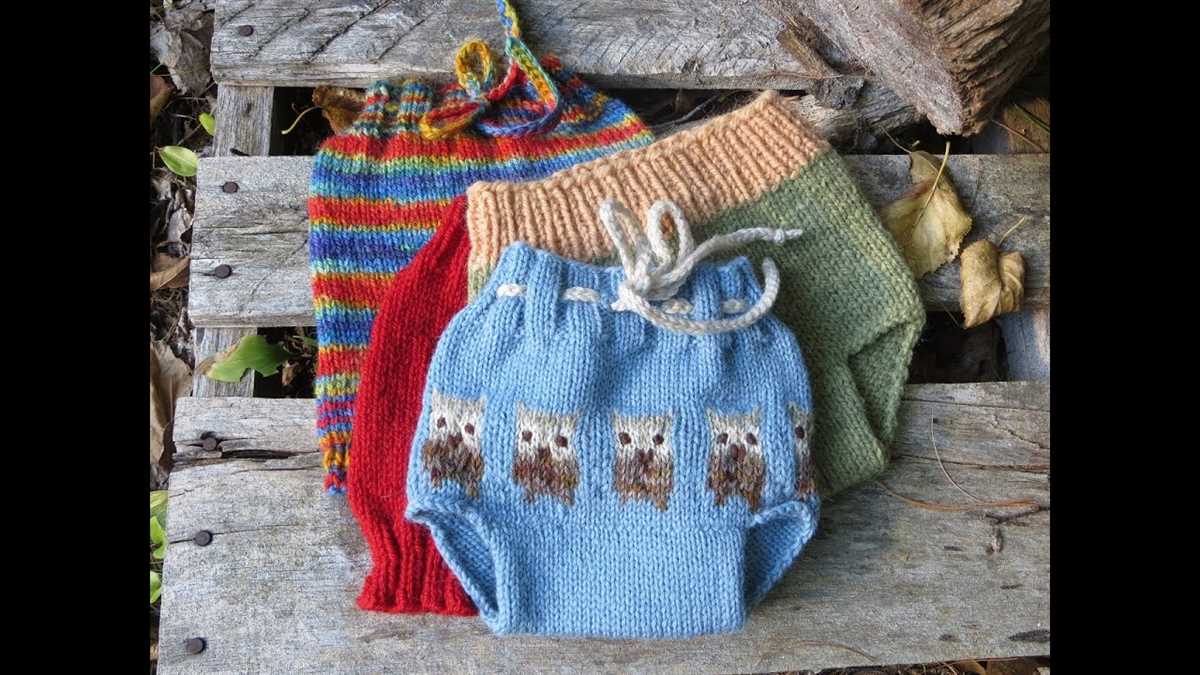
Before you start knitting, it’s essential to read the entire pattern from start to finish. This will help you get a sense of the overall structure of the project and identify any unfamiliar techniques or stitches that you may need to learn or practice.
5. Take notes and mark your progress
Make notes on the pattern as you go along and mark your progress with a highlighter or sticky notes. This will help you keep track of where you are in the pattern and prevent mistakes. You can also use a row counter to keep track of the number of rows or repeats.
6. Seek clarification if needed
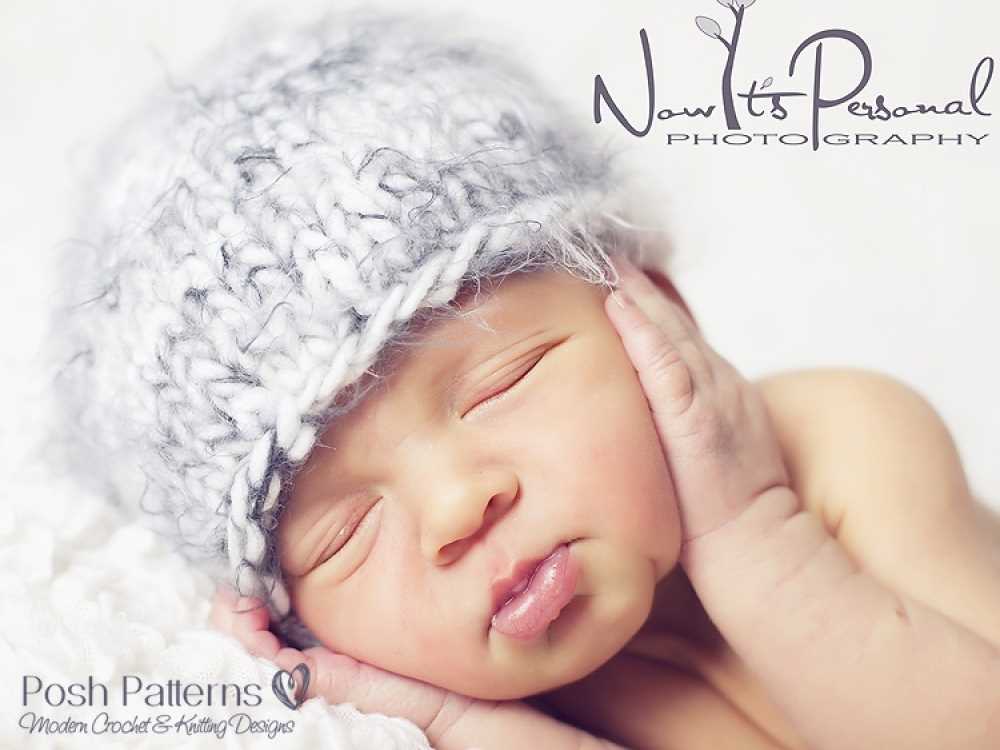
If you come across a section of the pattern that you don’t understand, don’t hesitate to seek clarification. You can ask for help from fellow knitters in online forums or consult knitting resources such as books or tutorials. Understanding the pattern fully before proceeding is crucial to avoid mistakes.
By following these tips and practicing regularly, you will become more comfortable with reading and understanding knitting patterns. Remember to take your time, be patient, and enjoy the process of creating beautiful knitted projects!
Step-by-step instructions for knitting a basic newborn hat
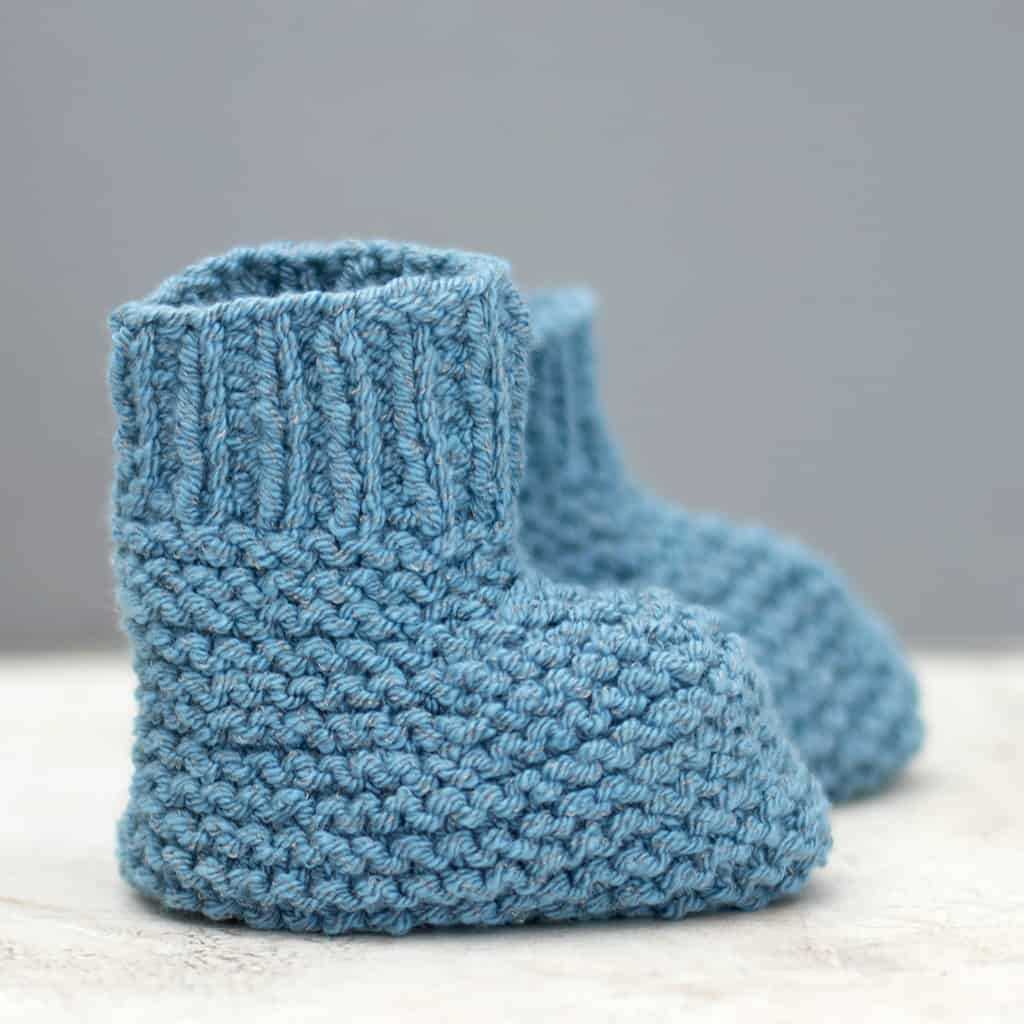
Knitting a newborn hat is a great project for beginners. Not only is it quick and easy to make, but it also makes for a thoughtful and practical gift. With step-by-step instructions, even those new to knitting can create a cozy and adorable hat for a precious little one.
Materials:
- Size 8 (5mm) circular knitting needles
- Size 8 (5mm) double-pointed knitting needles
- Worsted weight yarn (about 100 yards)
- Tapestry needle
- Scissors
Instructions:
- Cast on: Using the circular needles, cast on 64 stitches. Make sure the stitches are evenly distributed on the needles.
- Ribbing: Knit 2 stitches, purl 2 stitches in a ribbing pattern for about 1 inch.
- Knitting the body: Switch to knitting all stitches in the round. Continue knitting until the hat measures about 4 inches from the cast-on edge.
- Decrease rounds: *Knit 6, knit 2 together* Repeat from * to * until the end of the round. (56 stitches remaining)
- Continue decreasing: Knit all stitches for the next round.
- Repeat decrease rounds: *Knit 5, knit 2 together* Repeat from * to * until the end of the round. (48 stitches remaining)
- Final decrease: *Knit 4, knit 2 together* Repeat from * to * until the end of the round. (40 stitches remaining)
- Finishing: Cut the yarn, leaving a long tail. Thread the tail through a tapestry needle and slide it through the remaining stitches. Pull tight to close the top of the hat. Weave in any loose ends.
Congratulations! You’ve completed your basic newborn hat. Now you can add any embellishments or decorations you desire, such as a pom-pom or a knit flower. This hat is sure to keep a newborn cozy and warm, and it will be cherished for years to come.
Knitting Techniques for Creating Different Textures in Newborn Projects
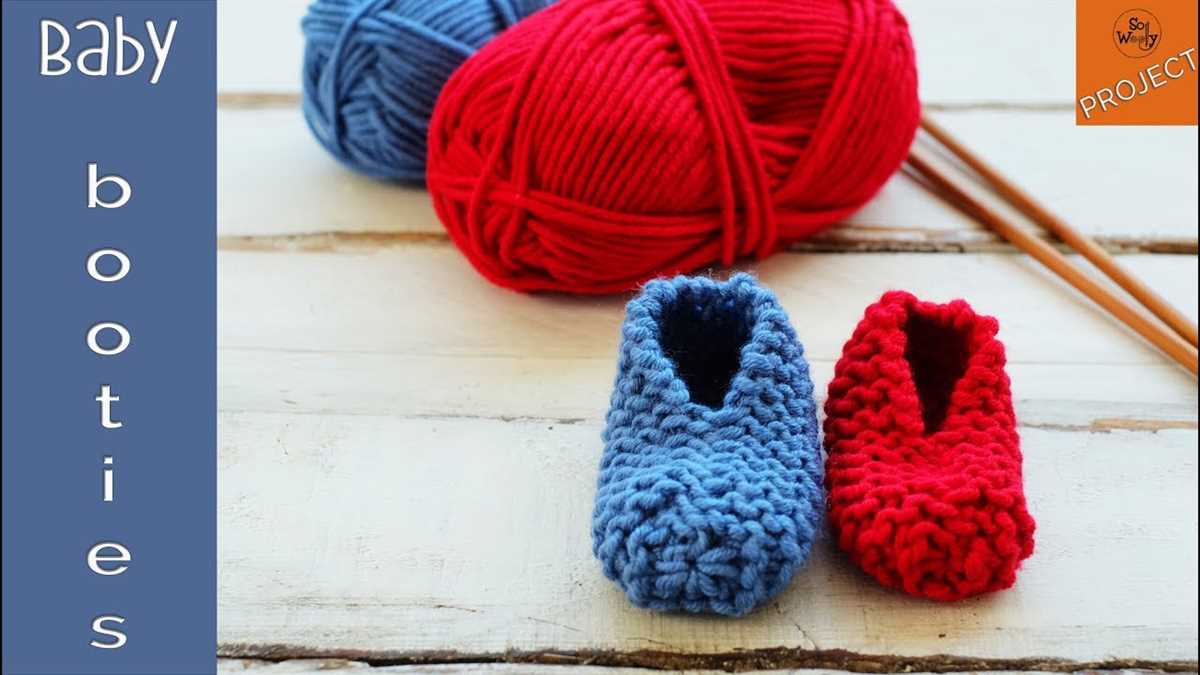
When knitting newborn projects, there are various techniques you can use to create different textures and visual interest in your garment. These techniques not only add a decorative touch but also provide functional benefits, such as added warmth and coziness for the baby.
Cable Stitch: One popular technique for creating texture in newborn knitting projects is the cable stitch. This technique involves crossing stitches over each other to create a twisted, braided effect. You can incorporate cable stitches into your project by using a cable needle or by knitting stitches out of order. Cable stitches can be used to create a variety of patterns, from simple twists to intricate cables.
- Seed Stitch: The seed stitch is another technique that can be used to add texture to newborn projects. This stitch is created by alternating knit and purl stitches in a pattern, creating a bumpy, textured fabric. The seed stitch is great for blankets, hats, and booties, as it adds depth and dimension to the finished piece.
- Ribbing: Ribbing is a commonly used technique to create a stretchy, textured fabric. It is often used for cuffs, collars, and hems in newborn garments. Ribbing is created by alternating knit and purl stitches in a specific pattern, such as 1×1 ribbing (one knit stitch, one purl stitch) or 2×2 ribbing (two knit stitches, two purl stitches).
- Garter Stitch: The garter stitch is a simple yet effective technique that creates a textured fabric with ridges. It is created by knitting every row, resulting in a bumpy, squishy fabric. Garter stitch is great for newborn blankets and sweaters, as it provides warmth and insulation.
These are just a few of the knitting techniques you can use to create different textures in newborn projects. By experimenting with different stitches and patterns, you can add visual interest and unique touches to your knitting projects for the little ones.
How to customize newborn knitting patterns for a perfect fit
When it comes to knitting newborn garments, achieving the perfect fit is essential to ensure the baby’s comfort and safety. While many knitting patterns provide standard sizes, it is often necessary to customize them to accommodate individual measurements.
1. Take accurate measurements: Start by measuring the baby’s chest circumference, length, and sleeve length. These measurements will serve as a guide when modifying the pattern to achieve the ideal fit.
2. Adjust the gauge: Every knitter has a unique tension, and it is essential to match the gauge specified in the pattern to ensure the correct sizing. If your gauge is different, you may need to adjust the needle size or tension to achieve the desired gauge.
3. Modify the pattern: Once you have the baby’s measurements and have determined the correct gauge, you can modify the pattern accordingly. For example, you may need to cast on more or fewer stitches, increase or decrease the number of rows, or adjust the shaping for a better fit.
4. Consider yarn weight and fiber: The yarn weight and fiber type used in the pattern can also affect the fit. Thicker yarns will result in larger stitches and a looser fit, while thinner yarns will create smaller stitches and a tighter fit. Additionally, different fibers have different drape and stretch properties, which can impact the fit and comfort of the garment.
5. Test your modifications: Before starting the entire garment, it is advisable to make a swatch and test your modifications. This will give you an opportunity to check the gauge and see if the modifications result in the desired fit. Adjust as necessary before proceeding with the entire project.
By following these steps and customizing newborn knitting patterns to match individual measurements and preferences, you can ensure that the garments you create will provide a perfect fit for the newest addition to the family.
Knitting accessories for newborns: blankets, booties, and more
Knitting accessories for newborns are not only adorable but also practical. Hand-knitted items are a great way to keep your little one warm and cozy in their first few months of life. Whether you are a beginner or an experienced knitter, there are plenty of free patterns available to help you create beautiful accessories for your newborn.
Blankets: A knitted blanket is an essential item for a newborn. It provides warmth and comfort, whether it’s used in the crib, stroller, or during tummy time. You can find various patterns that range from simple garter stitch to more intricate lace designs. Choose soft, washable yarns in gentle colors to ensure the ultimate comfort for your little one.
Booties: Knitted booties are not only cute but also practical for keeping those tiny feet warm. There are many free patterns available that range from basic designs to more intricate ones. From simple garter stitch booties to cabled or lace-patterned ones, you can find a pattern to match your skill level and personal style. Consider using soft, lightweight yarns that will be gentle on your newborn’s delicate skin.
Hats: Knitted hats are not only adorable but also essential for keeping your newborn’s head warm. They are quick and easy to make, making them a perfect project for beginners. From basic beanies to more intricate designs with pompoms or ear flaps, the possibilities are endless. Choose soft, stretchy yarns to ensure a comfortable fit for your little one.
Mittens: Knitted mittens are a must-have accessory to keep your newborn’s tiny hands warm and protected. They are a great project for knitters of all levels, with patterns ranging from simple ribbing to intricate colorwork. Look for patterns that have a thumb gusset for a better fit. Soft, non-itchy yarns are ideal for delicate newborn skin.
When knitting accessories for newborns, it’s important to choose high-quality yarns that are soft and gentle on their delicate skin. Consider using natural fibers like cotton or bamboo, as they are breathable and hypoallergenic. Remember to wash the finished items before use to remove any excess dye or chemicals. With a little time and effort, you can create beautiful accessories that will keep your newborn warm and comfortable in their first months of life.
Common Mistakes to Avoid when Knitting for Newborns
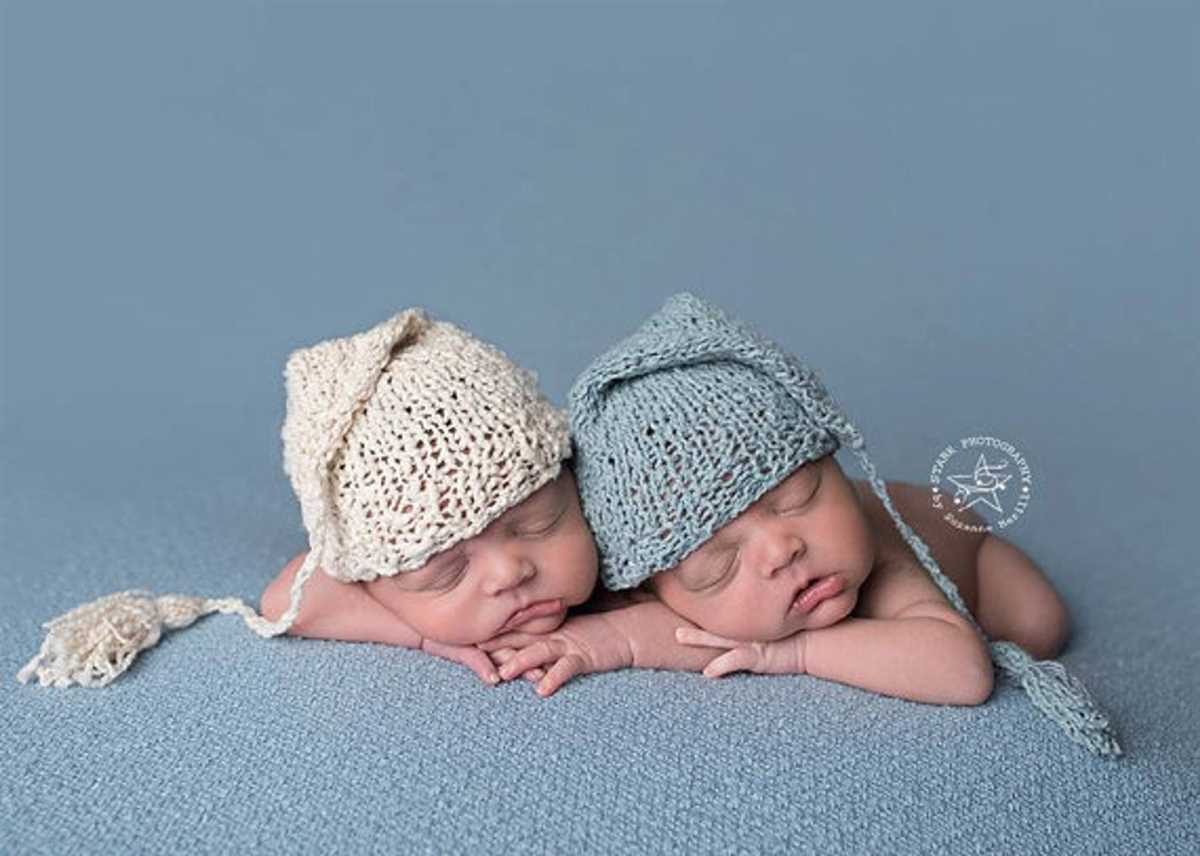
Knitting for newborns can be a rewarding and enjoyable experience, but it’s important to be mindful of some common mistakes that beginners often make. By avoiding these mistakes, you can ensure that your knitted items are safe, comfortable, and suitable for newborns.
1. Using the wrong yarn
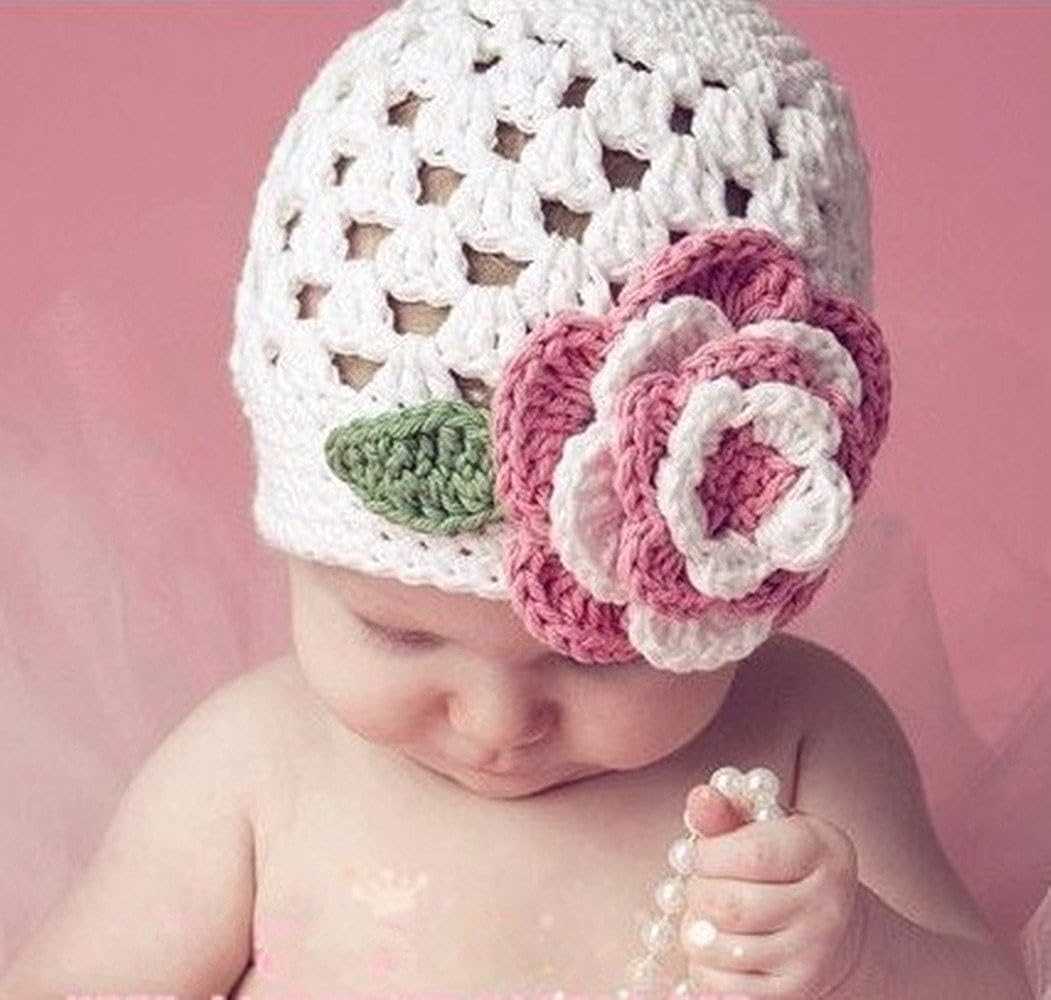
Choosing the right yarn is essential when knitting for newborns. It’s important to opt for soft, lightweight, and hypoallergenic yarns that won’t irritate the baby’s delicate skin. Avoid using yarns that are too scratchy or heavy, as they may cause discomfort or overheating for the newborn.
2. Incorrect sizing
Another common mistake is knitting items in the wrong sizes. It’s crucial to take accurate measurements of the baby’s head, chest, and length before starting a project. Use a reliable sizing chart and ensure that the finished item will fit the newborn comfortably. Keep in mind that babies grow quickly, so it’s better to err on the slightly larger side to allow for growth.
3. Neglecting safety considerations
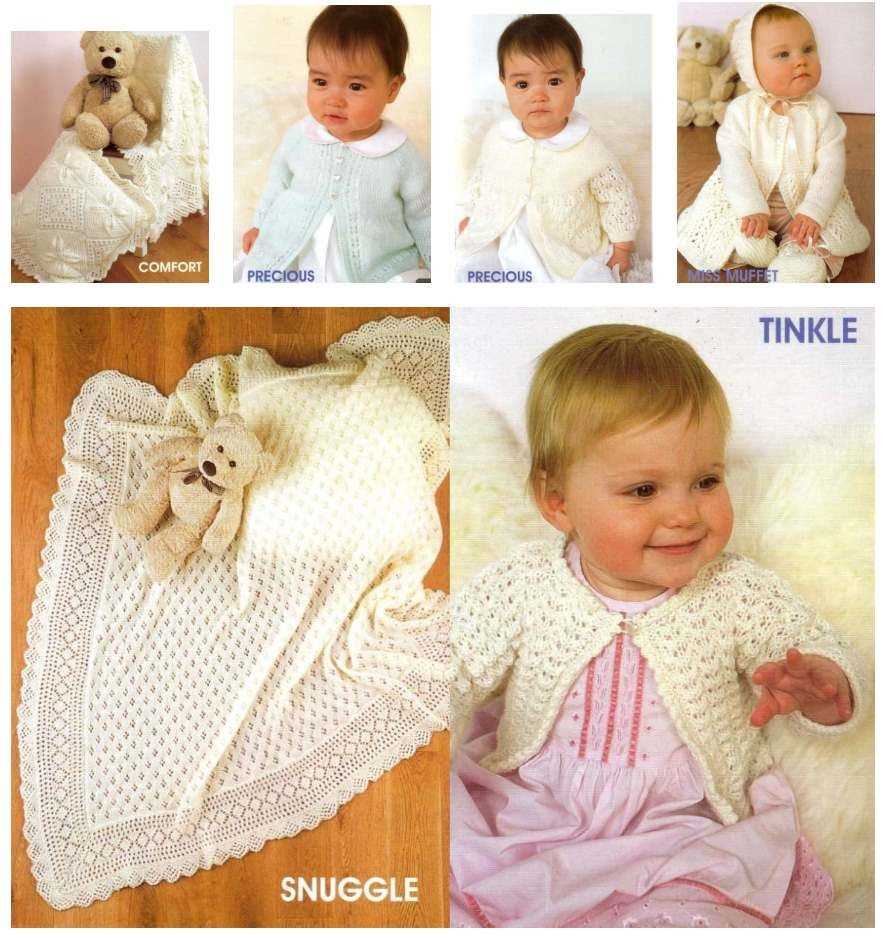
Safety should always be a top priority when knitting for newborns. Avoid using small buttons, beads, or other decorative items that can pose a choking hazard. Ensure that all attachments are securely sewn on and won’t easily come loose. Additionally, avoid using long strings or yarn tails that could accidentally wrap around the baby’s fingers or neck.
4. Poor finishing techniques
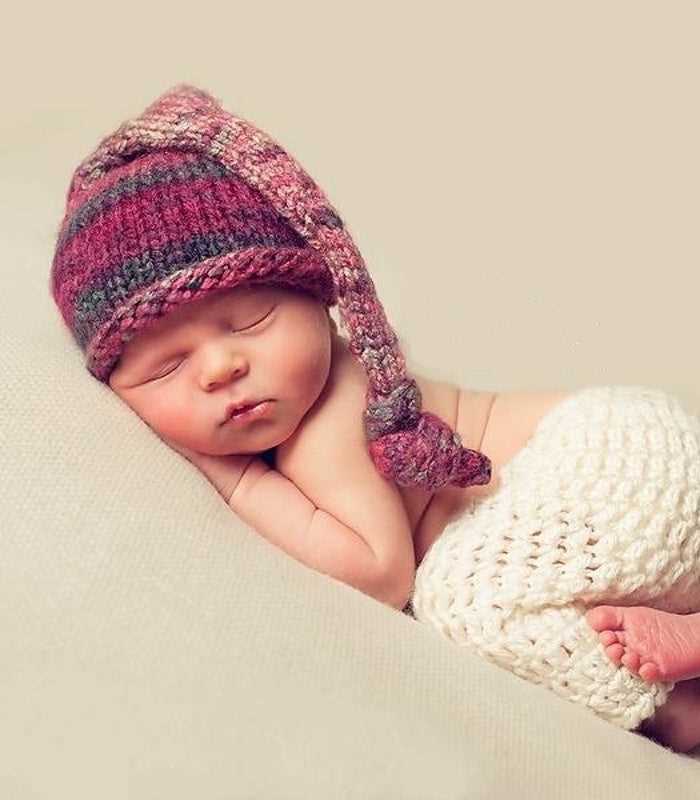
Proper finishing techniques are crucial for ensuring the durability and comfort of knitted newborn items. Take the time to weave in ends securely to prevent unraveling or poking. Make sure that seams are neat and not bulky, as this can cause discomfort for the baby. Use a gentle blocking technique to shape the item and give it a polished look.
Avoiding these common mistakes will help you create beautiful and safe knitted items for newborns. Remember to take your time, follow instructions carefully, and always prioritize the baby’s comfort and safety.
How to care for and wash knitted newborn items
When it comes to caring for knitted newborn items, it’s important to follow some simple guidelines to ensure they stay in good condition and maintain their softness and shape. Here are a few tips on how to care for and wash knitted newborn items:
1. Handwashing is recommended
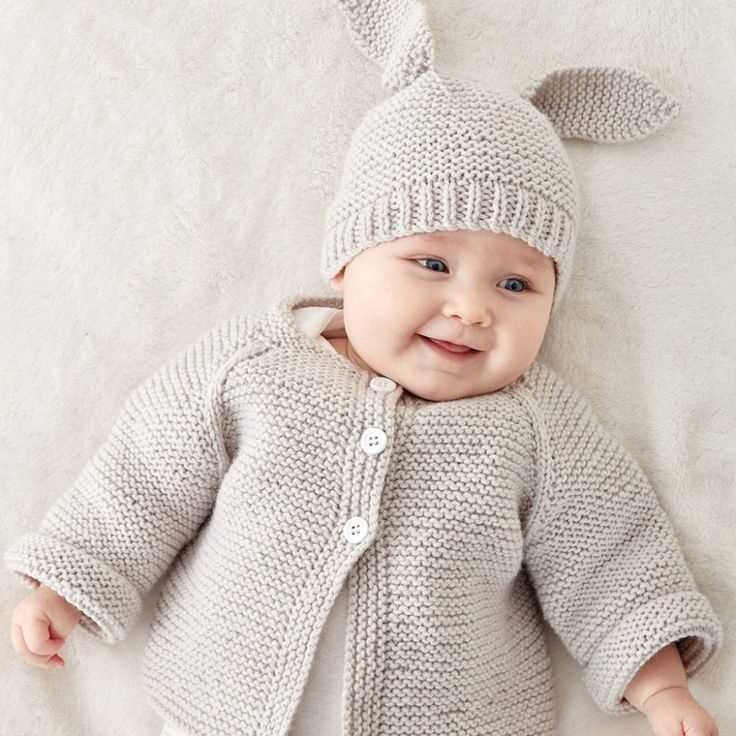
It’s best to handwash knitted newborn items to avoid any damage or shrinking. Fill a basin or sink with lukewarm water and add a gentle baby detergent. Gently agitate the items in the water, being careful not to stretch or twist them. Rinse thoroughly in clean water and gently squeeze out the excess water.
2. Lay flat to dry
After washing, it’s important to dry knitted newborn items flat to maintain their shape. Lay them on a clean towel or drying rack, making sure they are in their original shape. Avoid hanging them up to dry, as this can cause stretching or misshaping.
3. Avoid using harsh chemicals or fabric softeners
When washing knitted newborn items, it’s important to avoid using harsh chemicals or fabric softeners. These can irritate delicate newborn skin or cause damage to the yarn. Stick to gentle baby detergents that are specifically formulated for sensitive skin.
4. Store properly when not in use
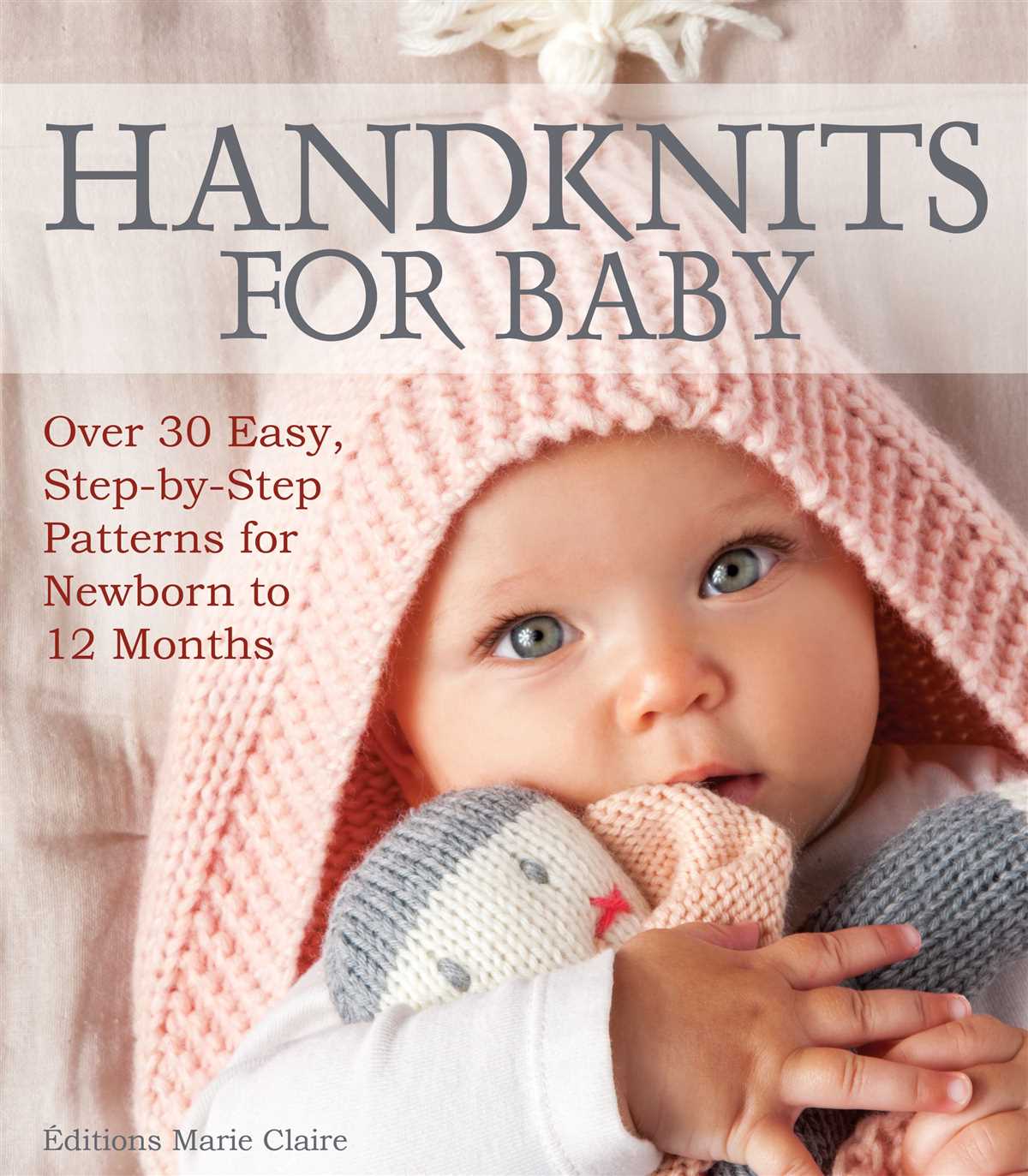
When your newborn items aren’t being used, it’s important to store them properly to prevent any damage. Clean and dry the items completely before folding them neatly and storing them in a dry, dust-free area. Avoid storing them in plastic bags, as this can trap moisture and cause mold or mildew.
By following these simple care instructions, you can ensure that your knitted newborn items stay soft, cozy, and in great condition for your little one to enjoy.
Finding Community and Inspiration in the World of Newborn Knitting
Knitting for newborns is not just a hobby; it’s a way to connect with a community of like-minded individuals who share the joy of creating beautiful and useful items for babies. Whether you’re a beginner or an experienced knitter, being part of this community can provide you with endless inspiration, support, and friendship.
Connecting with Other Knitters
One of the best ways to find a community of newborn knitters is to join an online knitting group or forum. These platforms can be a treasure trove of information, tips, and free patterns. You can ask questions, share your progress, and get feedback from other knitters who have experience with newborn projects. It’s also a great place to make new friends who share your passion.
Finding Inspiration
Looking for inspiration for your next newborn knitting project? There are many places to find it! You can browse through knitting magazines, visit knitting blogs, or follow knitting influencers on social media. You’ll come across stunning patterns, beautiful yarns, and creative ideas that will spark your imagination. Don’t be afraid to try new techniques or experiment with different colors and textures – the newborn knitting world is full of inspiration!
Spreading the Love
Once you’ve completed your newborn knitting projects, why not share your creations with others? Consider donating your knitted items to local hospitals or charitable organizations. Many hospitals have programs that distribute handmade items to newborns in need, providing warmth and comfort during their first days of life. It’s a wonderful way to give back to the community and spread the love of knitting.
In Conclusion
Discovering the world of newborn knitting is not only about learning new skills and creating adorable items for babies – it’s about finding a community that supports and inspires you. By connecting with other knitters, seeking inspiration, and sharing your finished projects, you can become part of a vibrant and creative community that brings warmth and joy to newborns and their families.